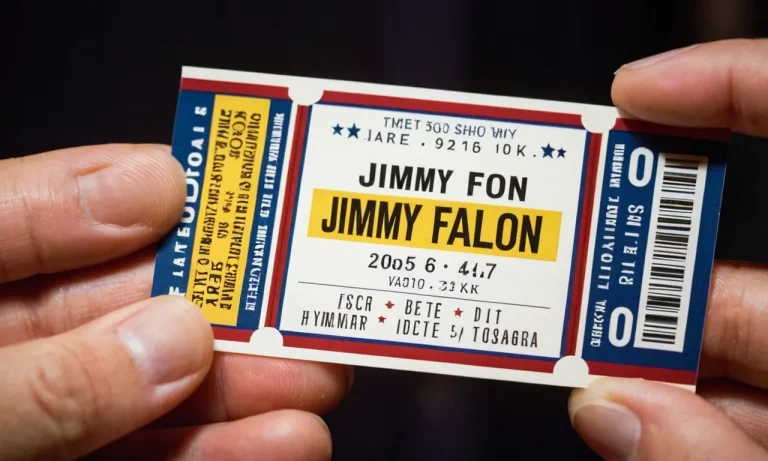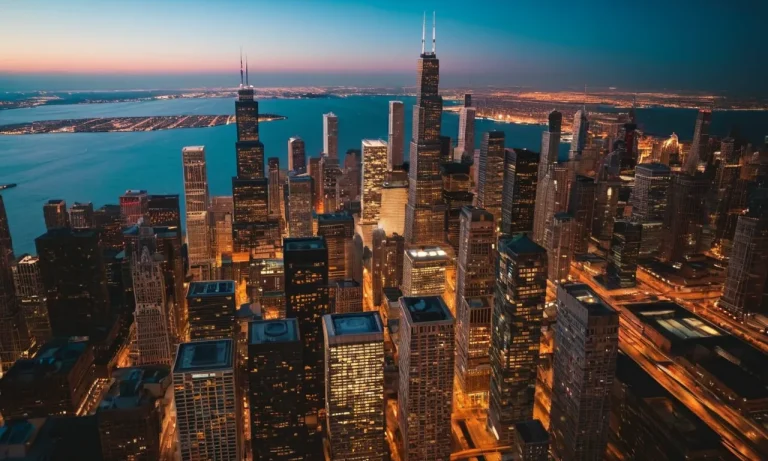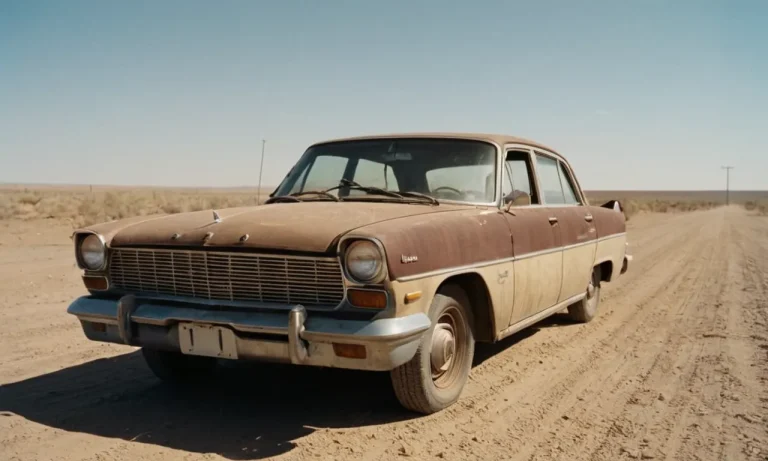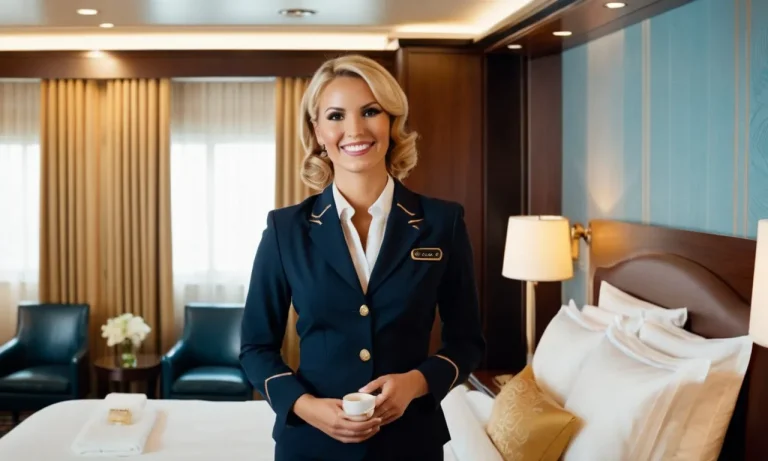If you’ve ever wondered whether pilots are allowed to sport facial hair, you’re not alone.
Many passengers notice pilots’ professional appearance and immaculate grooming standards and wonder if beards are allowed.
With strict aviation regulations and the need for oxygen masks to seal correctly in emergencies, it seems doubtful that airlines would permit beards. However, the answer is more nuanced than a simple yes or no.
While regulations prohibit full beards, many airlines do allow neatly trimmed mustaches and some small goatees under certain conditions.
If you’re short on time, here’s a quick answer to your question: most major airlines prohibit full beards but allow neatly trimmed mustaches and small goatees that don’t interfere with the oxygen mask seal.
However, policies vary between airlines.
In this comprehensive guide, we’ll explore the history behind airline beard regulations, look at examples of airline grooming policies, examine the safety issues around oxygen masks and beards, learn what pilots think about the rules, and see how beard trends have influenced policies over time.
Background on Airline Grooming Policies
Airline grooming policies have been in place for many years and have traditionally required pilots to be clean-shaven.
This tradition dates back to the early days of aviation when pilots were seen as the epitome of professionalism and were expected to maintain a neat appearance at all times.
The clean-shaven look was considered essential for projecting an image of discipline and adherence to safety protocols.
Tradition of clean-shaven pilots
The tradition of clean-shaven pilots can be traced back to the military roots of aviation. In the early days of flight, many pilots were former military personnel who had strict grooming standards imposed on them during their service.
These standards carried over into the civilian aviation industry, where pilots were expected to adhere to similar grooming guidelines.
One of the reasons behind this tradition is the importance of maintaining a proper seal with oxygen masks.
A clean-shaven face ensures a tight fit of the mask, minimizing the risk of air leakage during an emergency.
This is crucial for the safety and well-being of both the pilots and passengers onboard.
Introduction of oxygen masks
With the introduction of oxygen masks in aircraft, the issue of facial hair and its impact on the seal became even more significant.
Facial hair, particularly beards, can interfere with the proper fit of the mask and compromise its ability to provide a sufficient supply of oxygen to the wearer.
This is why many airlines continue to enforce strict grooming policies that require pilots to be clean-shaven.
However, it’s important to note that not all airlines have the same grooming policies.
Some airlines have relaxed their rules in recent years, allowing pilots to have well-groomed beards or mustaches, as long as they meet certain criteria.These criteria often include keeping facial hair trimmed to a certain length and ensuring that it does not interfere with the proper fit of oxygen masks.
It’s worth mentioning that safety is always the top priority for airlines, and any relaxation of grooming policies is done after careful consideration of the potential risks involved.
Airlines must strike a balance between maintaining a professional image and ensuring the safety of their crew and passengers.
To stay updated on the latest grooming policies of specific airlines, it is recommended to visit their official websites or contact their customer service directly. Airlines often provide detailed information on their grooming requirements and any recent changes that have been made.
Airline Beard Policies: A Closer Look
When it comes to airline pilots and their grooming choices, beard policies are an important aspect to consider.
Airlines have specific regulations in place regarding facial hair, and it’s essential for pilots to adhere to these guidelines to ensure safety and professionalism.
Let’s take a closer look at some of the common beard policies implemented by airlines.
Full beards prohibited
Many airlines have strict regulations that prohibit pilots from having full beards. The reason behind this is the requirement for a proper seal on the oxygen masks pilots use in case of an emergency.
A full beard can prevent the mask from fitting securely, leading to potential safety hazards.
Additionally, a clean-shaven face allows for a better seal when using other safety equipment like oxygen masks or respirators.
Mustaches and goatees allowed
While full beards might be off-limits, many airlines do allow pilots to have mustaches and goatees.
These styles of facial hair do not interfere with the proper fit of safety equipment, as they usually do not extend past the upper lip or chin.
However, it’s important to note that even mustaches and goatees may have specific length and grooming restrictions that pilots must adhere to.
Length and grooming restrictions
Even if mustaches and goatees are allowed, there are often length and grooming restrictions in place. Airlines may require pilots to keep their facial hair neatly trimmed and maintained.
This ensures a professional appearance and avoids any potential distractions or hygiene concerns.
It’s also common for airlines to have guidelines on the maximum length of facial hair, typically to ensure it doesn’t interfere with the proper fit of safety equipment.
It’s worth noting that specific airline policies can vary, so it’s essential for pilots to familiarize themselves with their company’s guidelines. Airlines prioritize safety and professionalism, and these beard policies are in place to uphold those standards.
If you’re considering a career as an airline pilot and have a preference for facial hair, it’s important to understand and comply with the regulations set by your chosen airline.
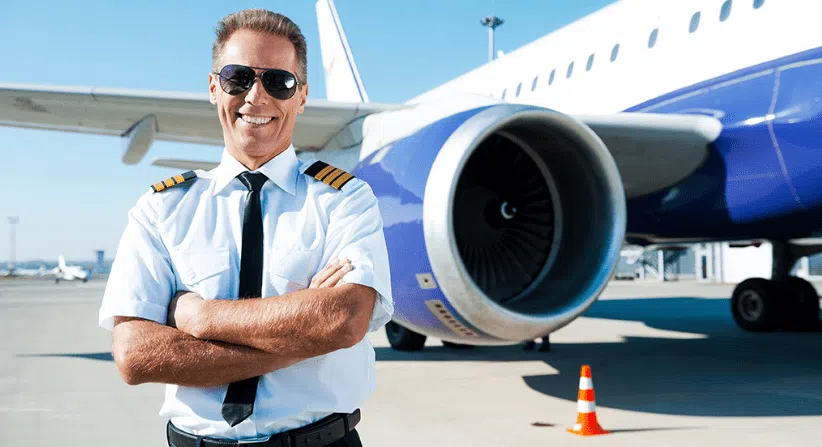
Safety Considerations of Oxygen Masks and Beards
When it comes to airline pilots and beards, safety is always the top priority. One important aspect to consider is the compatibility between beards and oxygen masks.
However, the presence of facial hair, particularly beards, can pose challenges when it comes to properly sealing the masks.
Oxygen mask sealing problems
The main concern with beards and oxygen masks is achieving a proper seal. In emergency situations, it is crucial for pilots to have a secure seal around their face to ensure they receive an adequate supply of oxygen.
Beards can interfere with the tight fit that is necessary for the mask to function effectively.
Even a small gap between the mask and the face can result in a significant decrease in oxygen intake.
Many airlines also have similar policies in place to maintain a high level of safety.
Testing mask fit with facial hair
Given the potential issues with beards and oxygen masks, airlines and aviation authorities have conducted extensive research and tests to determine the compatibility between facial hair and mask sealing.
The results have consistently shown that facial hair, especially beards, can prevent an airtight seal from being achieved.
Some airlines and regulatory bodies have developed specific testing protocols to assess the effectiveness of mask sealing with various types of facial hair.
These tests often involve simulated emergency scenarios and the use of specialized equipment to measure the leakage of oxygen.
The data gathered from these tests helps inform the guidelines and policies regarding beards and oxygen masks.
Other safety issues
In addition to problems with mask sealing, beards can also make it difficult for pilots to properly fit their oxygen masks.
The straps and buckles of the masks may not fit securely around the head and face due to the presence of facial hair.
This can lead to discomfort and potentially compromise the effectiveness of the oxygen mask.
Furthermore, beards can interfere with the proper operation of other safety equipment, such as smoke hoods or masks used during fire emergencies.
These devices rely on a tight seal to prevent the entry of smoke and toxic fumes, and beards can hinder their proper functioning.
Ultimately, the decision to allow or prohibit beards for airline pilots is based on safety considerations. While some airlines may have specific guidelines regarding facial hair, it is important for pilots to prioritize safety and follow the regulations set forth by their respective aviation authorities.
Conclusion
Airline beard policies have a long history of supporting clean-shaven pilots. But today, many airlines do allow mustaches, small goatees, and well-groomed stubble.
The evolution of policies shows airlines balancing safety, professional appearance, and changing social norms around facial hair.
While full beards remain prohibited for oxygen mask reasons, it’s likely that pressure from pilots and society trends may lead to gradual relaxation of airline facial hair policies over time – as long as safety remains the top priority.



